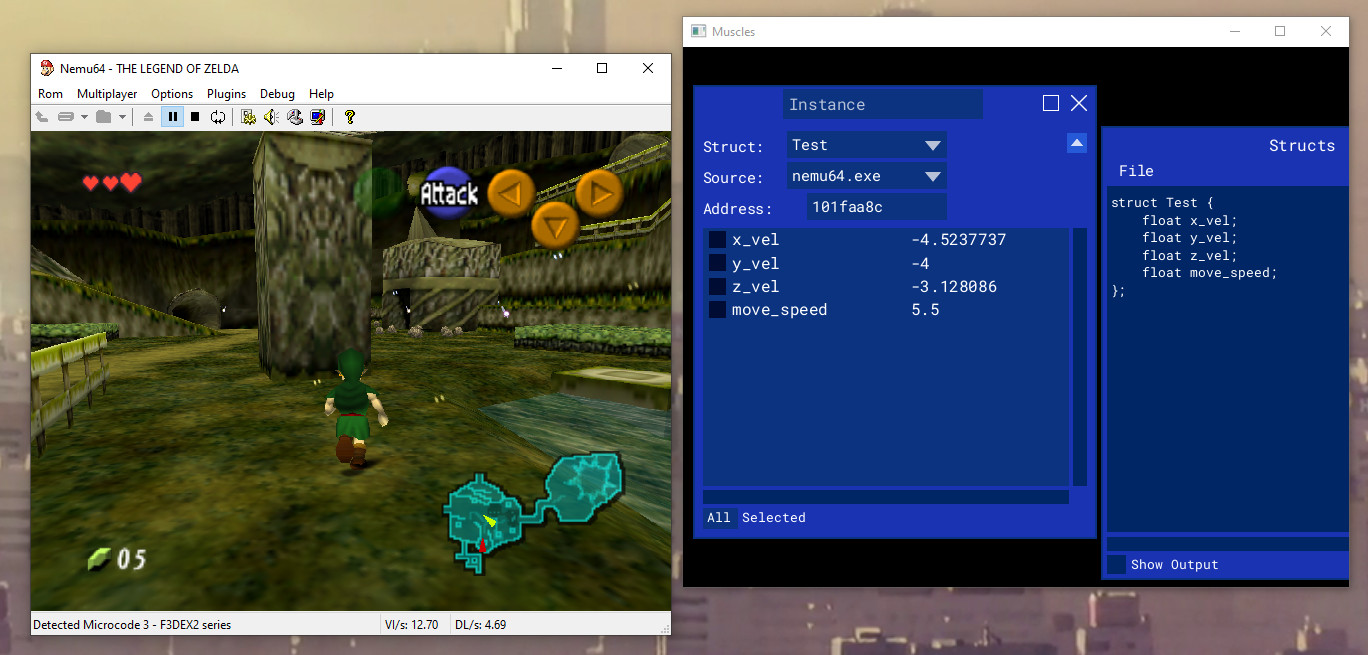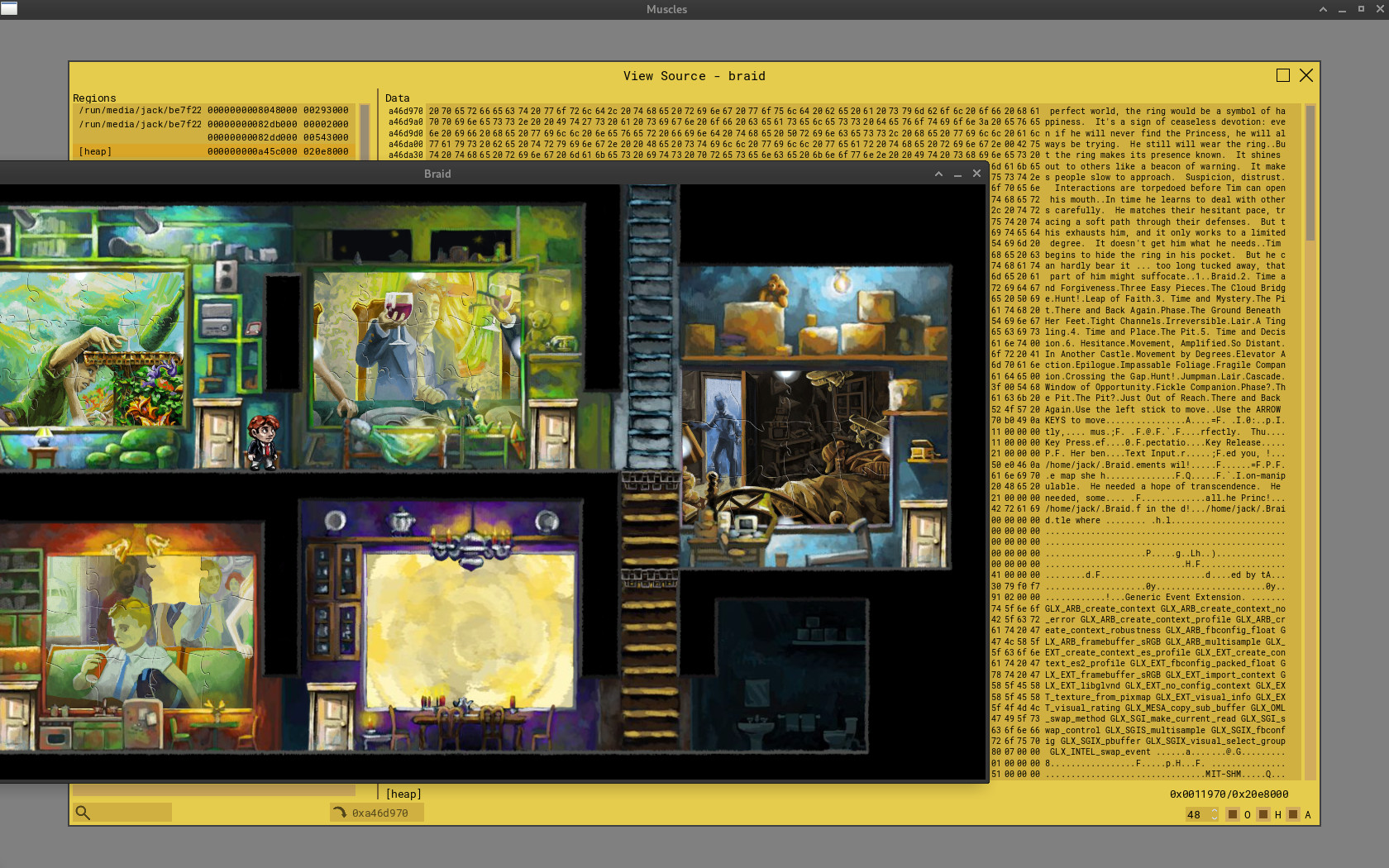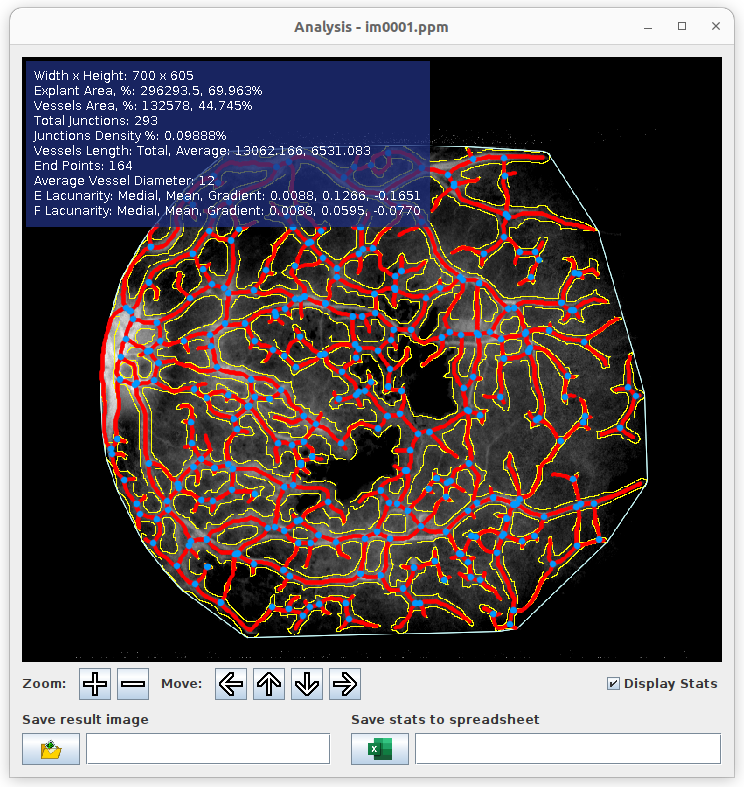SpriteWave
SpriteWave is an interactive tool for arranging images from 2D games.
![]()
About
This tool lets you extract tiles from inside of a NES, SNES or Genesis ROM and paste them into a separate window, where you can rearrange and recolour them to form an image, which can then be exported to PNG.
The interface is mostly driven by the mouse, with drag-and-drop being the main way to move tiles around.
Features
- Tile rotation and mirroring
- Palette and RGBA pickers
- Colour transparency
- Offset input data
- Image exporting:
- Flexible naming scheme
- Image scaling




